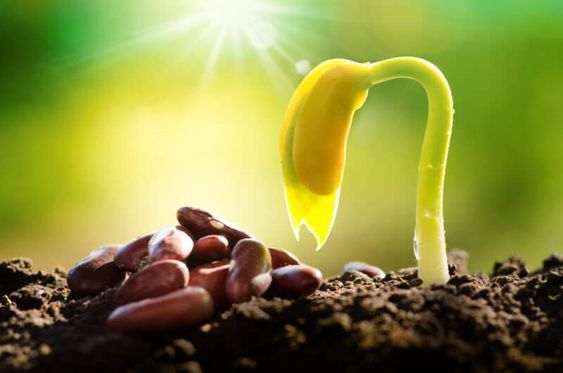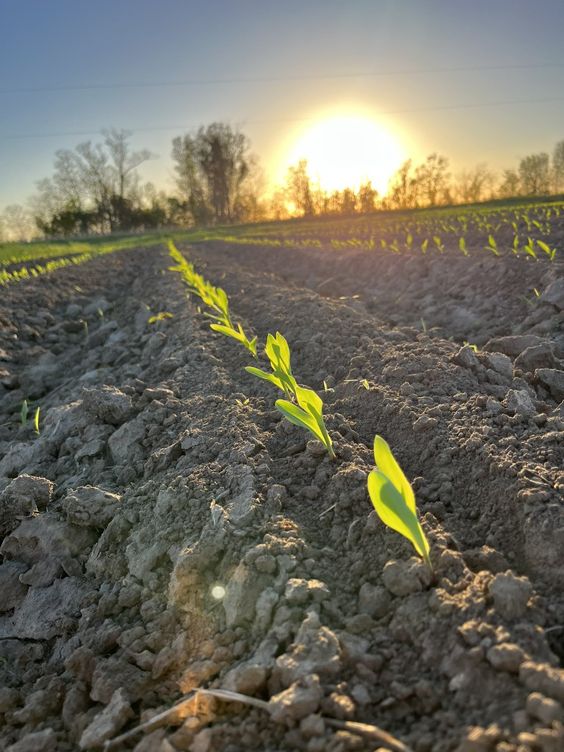Improving Plant Quality with Smart Agriculture: A Comprehensive Guide
Improving Plant Quality,The agricultural sector stands at a crossroads, challenged by increasing global population, climate change, and the imperative for sustainable food production. Smart agriculture, a convergence of technology and agricultural practices, emerges as a beacon of hope, offering innovative solutions to these challenges. Central to this transformation is the enhancement of plant quality, a critical determinant of crop yield, nutritional value, and market acceptance. This article delves into the multifaceted aspects of improving plant quality through smart agriculture, exploring the underlying technologies, benefits, and implementation strategies.
Contents
- 0.1 Improving Plant Quality
- 0.2 The Role of Smart Agriculture in Enhancing Plant Quality
- 0.3 Benefits of Improving Plant Quality through Smart Agriculture
- 0.4 Objectives of Plant Quality Improvement
- 0.5 Explanation of Key Concepts and Technologies
- 0.6 Usefulness of Smart Agriculture for Plant Quality Improvement
- 0.7 Advantages of Improving Plant Quality
- 0.8 Implementation Strategies
- 1 Challenges and Opportunities Improving Plant Quality
Improving Plant Quality
Improving Plant Quality encompasses a broad spectrum of attributes, including:
- Physiological parameters: Growth rate, photosynthesis efficiency, water use efficiency, nutrient uptake.
- Morphological characteristics: Plant height, leaf area, root development, fruit size and shape.
- Biochemical composition: Nutrient content, phytochemicals, antioxidants, flavor, and texture.
- Sensory attributes: Appearance, aroma, taste.
Optimizing these parameters is crucial for producing high-quality crops that meet consumer demands and market standards.
The Role of Smart Agriculture in Enhancing Plant Quality
Improving Plant Quality Smart agriculture leverages advanced technologies to monitor, analyze, and optimize crop growth conditions. Key technologies driving plant quality improvement include:
- Precision agriculture: Site-specific management practices based on detailed information about soil, topography, and crop conditions.
- Internet of Things (IoT): Sensor networks for real-time monitoring of soil moisture, temperature, humidity, light intensity, and other environmental factors.
- Remote sensing: Satellite and drone-based imagery for crop health assessment, yield prediction, and early detection of pests and diseases.
- Artificial intelligence (AI) and machine learning: Data analysis and predictive modeling for optimizing crop management decisions.
- Robotics: Automated tasks such as planting, harvesting, and weeding, reducing labor costs and improving efficiency.
- Hydroponics and aeroponics: Controlled environment agriculture for producing high-quality crops with minimal resource inputs.
Benefits of Improving Plant Quality through Smart Agriculture
- Increased yield and productivity: Optimized growth conditions lead to higher crop yields and improved resource utilization efficiency.
- Enhanced nutritional value: Precise nutrient management and crop monitoring result in crops with higher levels of vitamins, minerals, and antioxidants.
- Improved product quality: Consistent and uniform crop characteristics meet consumer preferences and market demands.
- Reduced environmental impact: Sustainable practices minimize the use of pesticides, fertilizers, and water, protecting the environment.
- Economic benefits: Higher crop prices and reduced production costs increase farmer profitability.
Objectives of Plant Quality Improvement
- Maximizing yield while maintaining quality: Balancing high production with desirable crop attributes.
- Improving nutritional value: Enhancing the content of essential nutrients and bioactive compounds.
- Reducing post-harvest losses: Extending shelf life and minimizing product deterioration.
- Adapting to climate change: Developing resilient crop varieties and optimizing cultivation practices.
- Meeting consumer demands: Producing crops that align with consumer preferences and market trends.
Explanation of Key Concepts and Technologies
- Precision agriculture: Tailoring crop management practices to specific field conditions based on data-driven insights.
- IoT sensors: Devices that collect data on various environmental factors and transmit it to a central system.
- Remote sensing: Acquiring information about the Earth’s surface without physical contact.
- AI and machine learning: Algorithms that enable computers to learn from data and make predictions or decisions.
- Robotics: Machines that perform tasks autonomously or with human guidance.
- Hydroponics and aeroponics: Growing plants without soil using nutrient-rich water solutions.
Usefulness of Smart Agriculture for Plant Quality Improvement
- Real-time monitoring: Early detection of plant stress and disease enables timely interventions.
- Data-driven decision making: Accurate information guides optimal crop management practices.
- Resource optimization: Efficient use of water, fertilizers, and pesticides reduces costs and environmental impact.
- Improved crop uniformity: Consistent growing conditions lead to higher-quality and more marketable produce.
- Risk mitigation: Predictive models help farmers prepare for adverse weather conditions and pests.
Advantages of Improving Plant Quality
- Premium market access: High-quality crops command higher prices.
- Stronger brand reputation: Consistent product quality builds consumer trust.
- Reduced food waste: Improved product quality extends shelf life and minimizes losses.
- Enhanced food security: Increased crop yields and nutritional value contribute to global food supply.
- Sustainable agriculture: Reduced environmental impact and resource efficiency promote long-term sustainability.
Implementation Strategies
- Conduct thorough soil and crop analysis: Identify nutrient deficiencies and optimize fertilization.
- Implement precision irrigation systems: Deliver water efficiently based on plant needs.
- Utilize weather forecasting and monitoring: Protect crops from adverse conditions.
- Adopt integrated pest management: Minimize pesticide use while controlling pests effectively.
- Invest in crop monitoring technologies: Track plant growth and health parameters.
- Implement data management systems: Collect, analyze, and utilize data for decision making.
- Collaborate with researchers and extension services: Access knowledge and expertise.
Challenges and Opportunities Improving Plant Quality
Improving Plant Quality,While smart agriculture offers immense potential, several challenges must be addressed:
- Data management and analysis: The vast amount of data generated requires efficient storage, processing, and interpretation.
- Infrastructure development: Reliable internet connectivity and power supply are essential for implementing smart agriculture technologies.
- Farmer adoption: Overcoming the digital divide and providing adequate training and support for farmers.
- Economic feasibility: Balancing the costs of technology implementation with the expected benefits.
Despite these challenges, the opportunities for improving plant quality through smart agriculture are substantial:
- New market opportunities: Producing high-quality, traceable, and sustainable products can command premium prices.
- Reduced environmental impact: Optimized resource use and reduced chemical inputs contribute to a healthier planet.
- Increased farmer profitability: Higher yields, improved product quality, and reduced costs lead to increased income.
- Enhanced food security: Producing more nutritious and abundant crops addresses global food challenges.
Marketing Organic Tomatoes: Leveraging Smart Agriculture
Effective marketing is essential for the success of organic tomato producers. Smart agriculture can provide valuable data to support marketing efforts.
- Storytelling with data: Using data on soil health, production practices, and quality attributes to create compelling brand stories.
- Direct-to-consumer marketing: Leveraging e-commerce and social media platforms to connect with consumers directly.
- Building consumer trust: Using blockchain technology to track the journey of organic tomatoes from farm to table, ensuring transparency and traceability.
Improving Plant Quality Smart agriculture offers a promising pathway for enhancing the quality of organic tomato production. By combining traditional organic practices with advanced technologies, farmers can overcome challenges, improve yields, and produce exceptional organic tomatoes that meet the growing demand for sustainable and healthy food.




